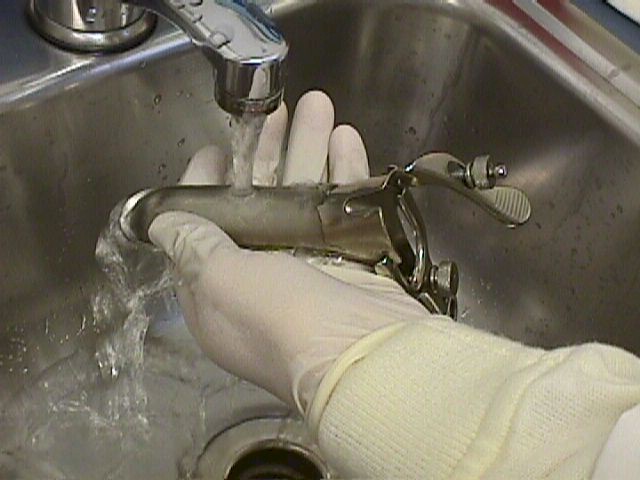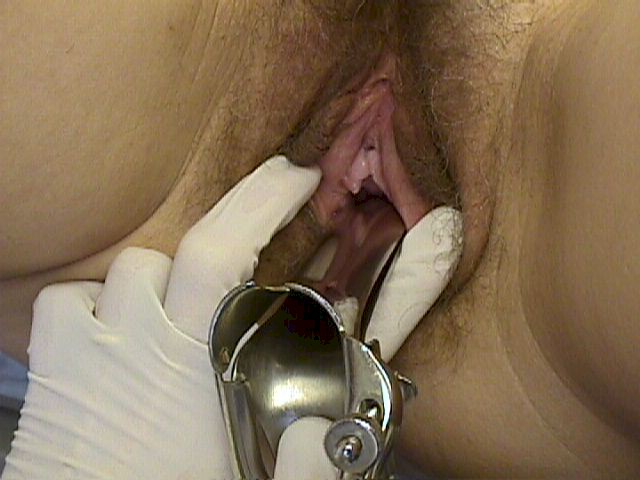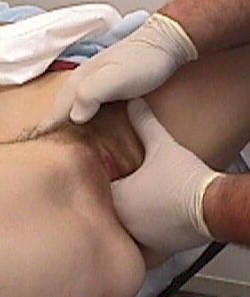|
Pelvic Exam |
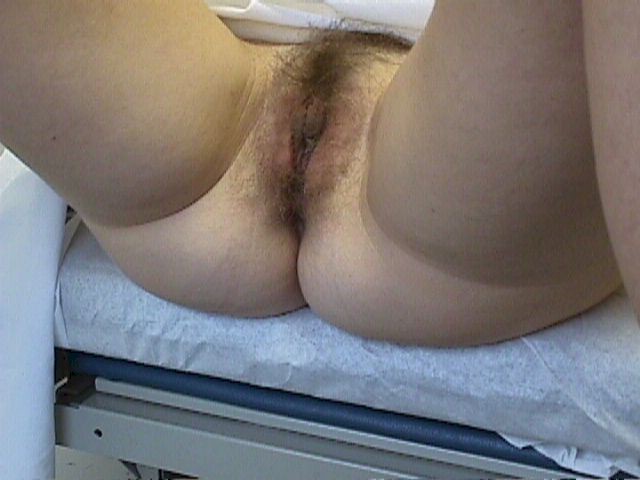 Position the patient at the edge of the exam table. |
Pelvic Examination Position the patient at the very edge of the exam table, with her feet in stirrups, knees bent and relaxed out to the side. If she is not down far enough, the exam will be more difficult for you and more uncomfortable for her. Pad the stirrups to avoid the stirrups digging into her feet. Kitchen pot-holders work well for this, but almost any soft material can be used. |
|
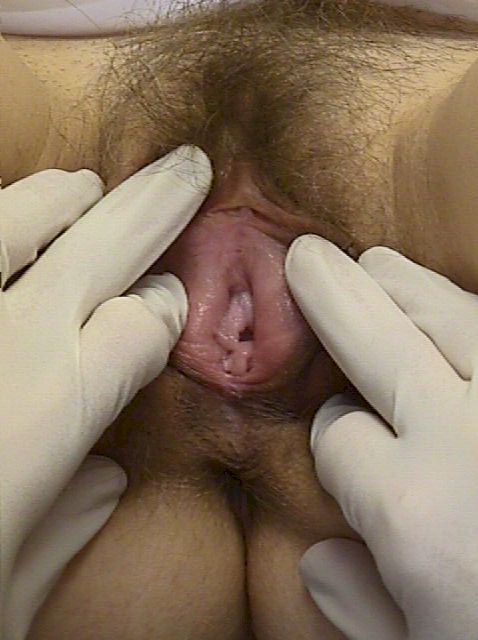 Inspect the vulva.
|
Use a bright light to visually inspect the vulva, vagina and cervix. Most examiners find it easiest to look just over the light to get the best view. Separate the labia with your gloved fingers to look for any surface lesions, redness, or swellings. Look within the pubic hair for the tiny movement of pubic lice or nits. Look on the labia for the cauliflower-like bumps that are known as venereal warts. Using magnification (magnifying lenses or colposcope) is very useful when the patient has vulvar complaints and the diagnosis is not obvious. Look between the folds of skin for ulcerative lesions that can indicate an active herpes infection. Gently retract the clitoral hood back, exposing the clitoris while looking for peri-clitoral lesions. Look for the hymen or remnants of the hymen and identify any redness just exterior to the hymen that can indicate vulvar vestibulitis. The periurethral glands (Skene's glands) have tiny ducts that open onto the surface. Look for them next to the urethra. While looking at the urethra, note any discharge coming from the urethral opening that might suggest gonorrhea or chlamydia. Palpate the upper labia majora for masses related to hernias extending through the Canal of Nuck. Palpate the middle and lower portion of the labia majora for masses suggesting a Bartholin Duct Cyst. After warming a vaginal speculum with warm water, separate the labia with one hand while gently inserting the speculum with the other hand. It is frequently more comfortable for the patient if you insert the speculum rotated about 45 degrees (so the blades are not horizontal but are oblique). Once past the introitus, rotate the speculum back to it's normal position. The labia, particularly the labia minora, are very sensitive to stretching or pinching, so try not to catch the labia minora in the speculum while inserting it. Some gynecologists ask their patients to "bear down" while they are inserting the speculum and feel that this assists with insertion. Others find this instruction to be be confusing and don't use it. Obtain specimens for a Pap smear and any cultures that may be indicated. Then feel the pelvis by application of a "bimanual exam." For a normal examination:
During the bimanual exam, you may use one finger or two fingers inside the vagina. Two fingers allows for deeper penetration and more control of the pelvic structures, but one finger is more comfortable for the patient. You should individualize your exam for the specific patient. Turning your hand palm up, compress the urethra against the underside of the pubic bone. Normally, this doesn't hurt. If it causes discomfort for the patient, it is likely that at least some degree of urethritis is present. Then insert your fingers deeper into the pelvis. Keeping your palm up, curl your vaginal finger(s) up, compressing the bladder against the back of the pubic bone. Normally, this pressure creates the sensation that the patient needs to urinate, but is not painful. If it is painful, this is good clinical evidence of cystitis (urinary tract infection), or (less likely) endometriosis. In some patients, particularly those with difficult to feel pelvic masses, a combined rectovaginal exam is useful. Change gloves, lubricate the rectum, and then gently insert your index finger into the vagina and your middle finger into the rectum. The rectovaginal exam is helpful in feeling the uterosacral ligaments, a common site of endometriosis involvement. On completion of the rectal exam, stool can be checked for the presence of occult blood. If the hymen is intact, it may still be possible to perform a comfortable and complete exam, but if the exam is causing too much pain, stop the exam and consider these alternatives:
|
|
